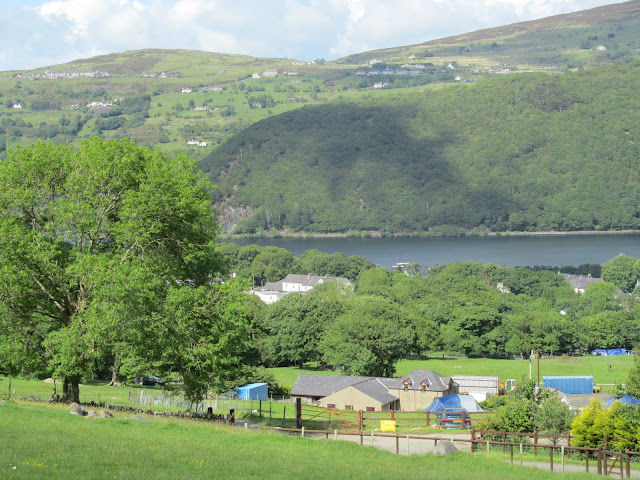Look for the letter, to see where I am.
K is for kayaking at Carsington Water.
------------------------------------------------------------------------------------------------------------
There are lots of places I could have chosen for K (Kirk Ireton, Kirk Langley, Kniveton, Kedleston, Kings Newton...) but it was just too much of a co-incidence that the letter K rolled round four days after Ben and I spent the weekend at Carsington Water doing a kayak course.
It is beginning to feel like Carsington Water has been here forever, but it is actually only the same age as my eldest son; 19. Before construction was begun, some of the land which is now flooded belonged to my aunt and uncle's dairy farm. It's funny to think that I have walked around on what is now the bottom of the reservoir.
The reservoir draws water from the River Derwent when levels are high and returns water to that river when levels are low. It holds 7,800 million gallons, is the ninth largest reservoir in Britain and, by regulating the Derwent, supplies water to 3 million people across the East Midlands. At its deepest, it is 31m deep and the perimeter is around 8 miles.
As well as supplying drinking water, the reservoir is a centre for watersports, with a purpose built Watersport Centre on the shores of the bay...
...close by the main Visitor Centre.
All of the kayaks are Pyranhas; short manoeuvrable boats like the ones used on rivers, rather than the longer tourers or sea kayaks.
I spent the two days in a blue Acro-bat kayak. Ben switched from an orange and yellow G:3 on Saturday to the blue on Sunday; just for a change.
Just to confuse you, the paddle by the kayak is actually a canoe paddle, not the one for the kayak, but we did finish off our weekend with about 2 hours in the Canadian canoes, applying the kayak strokes to the open top craft.
Oh look! THERE'S a kayak paddle! (and the drums stacked up behind are used for raft building)
The final length of the journey was across the end of the lake following the orange buoys, just beyond the windsurfers in the photo above.
The buoys mark the end of the area accessible by boats (except fishermen) because the whole northern end of the Water is a nature reserve and that is definitely the best end to walk round!
























